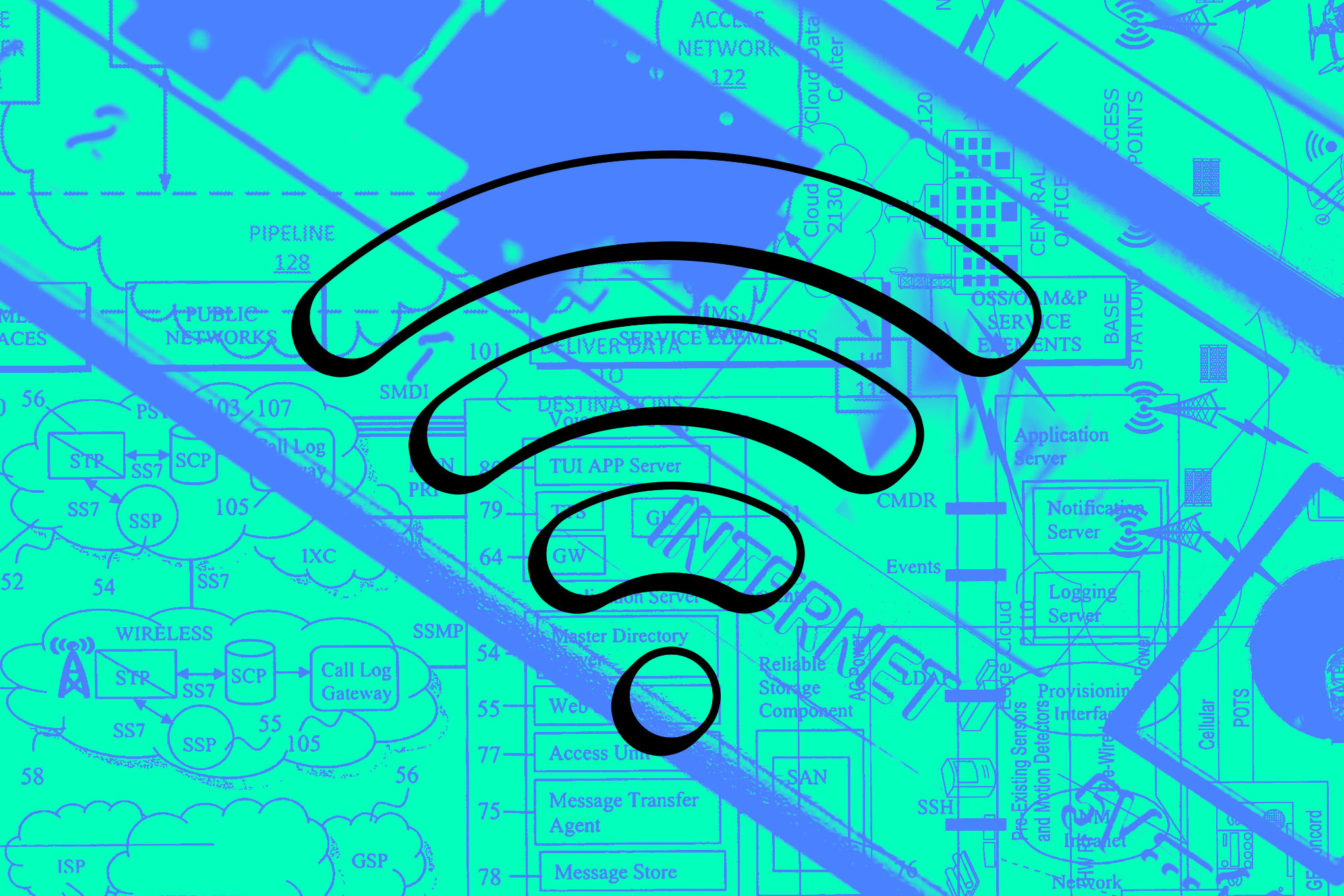My home network is a small miracle of backward compatibility, slinging data across 60-plus devices that span five generations of Wi-Fi. Everything on it, from my iPhone 15 Pro all the way down to my Nintendo Wii, manages to connect to the internet, most of it wirelessly through my router, with shockingly few issues. Thatâs possible because of Wi-Fiâs essentially unbroken line of interoperability that stretches from its 1999 introduction in consumer products through today.
Wi-Fi devices do this by being shapeshifters. When two of them connect, the one using the newest generation of the standard will automatically switch to the highest Wi-Fi version the other one is equipped for. Making sure that works means lots of testing for compatibility, maintaining old parts of the standard, and coming up with new ways to make existing tech more viable. That approach has led to a level of backward compatibility and long-term device support that few gadgets or standards in the tech world can match.
One reason Wi-Fi operates this way is the glacial transitions between generations of the standard. It can take a long time for a new version to proliferate â see the 2022 Apple HomePod and it …
Read the full story at The Verge.

